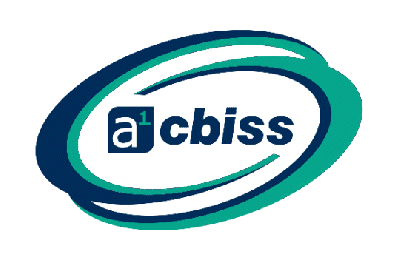Shipping containers present a risk to any person opening and unloading them. There are many reasons why shipping containers contain dangerous gases. This may be dependent on the type of cargo or whether the container has been fumigated.
Prior to opening and unloading, containers must be gas tested to check they’re safe to enter to avoid suffocation or breathing difficulties.
What Causes Gas to Build Up in Shipping Containers?
Fumigation
Pests have the potential to transfer diseases. To ensure they don’t get the chance to infest, fumigation is performed to kill pests. Fumigation is performed by filling containers with highly toxic gases to suffocate or poison pests.
Fumigation presents a risk to any person opening and unloading without the container first be de-gassed.
Fumigation is compulsory for international transit. It is required either under the IMO International Maritime Dangerous Goods Code.
Gas Leaks
Gas leaks within a container may not always come from an expected source.
Surprisingly, products may emit gas following the manufacturing process causing the air in the container to be polluted by the cargo itself. Chemicals within clothes and shoes material, preservatives on food, evaporating paint, wood or other biological freight are prime examples.
The packages of products that contains toxic content could leak. This can cause the build up of chemical and toxic vapours in the of the container.
Chemical reactions could have taken place during transportation.
Conclusion
So there’s a range of factors that could create a toxic environment within the shipping container. A cautious and careful approach is required.
Gas testing is required to reduce the risk of the health of any unsuspecting persons opening and discharging the containers, example of which are warehouse operatives, fork lift truck drivers, port health / custom inspectors.
How is Gas Testing Performed?
When shipping containers arrive at port, workers should measure the air inside the container before they open it. Depending on the cargo type and by checking the fumigation certificate, port workers should know which gases are likely to be present in the container.
Thorough gas testing is undertaken and only when the levels are below the Workplace Exposure Limit (WEL), should unloading take place.
Gastec Tubes
Gastec detector tubes are ideal for performing gas testing in shipping containers;
The Gastec detector tube system performs field screening and spot sampling e.g. to determine the level of hazardous gases present at that moment in time.
Gastec tubes are single-gas, single-use tubes which form a catalogue capable of measuring around 300 hazardous and toxic gases, again ideal for the shipping industry.
The following gases can be encountered in shipping containers from either fumigation or cargo:
Methyl Bromide, Acetaldehyde, Ammonia, Hydrogen Sulphide, Benzene, Hydrogen Cyanide, Butylacetate, Dichloroethane, Dichloromethane, Formaldehyde, Phosphine, Carbon Dioxide, Carbon Monoxide, Styrene, Toluene, Trichloroethylene, Vinyl Acetate, Xylene.
Gastec tubes have a long shelf life, can accurately measure individual gases at a low cost comparable to analytical equipment and are ready to go when you need to do the testing – no power needed, just insert the tube into the pump and away you go.
How quick do you need tubes delivered? a1-cbiss have the UK’s largest supply of Gastec tubes and can deliver to any European port within 3 days.
For more info, read our latest guide






